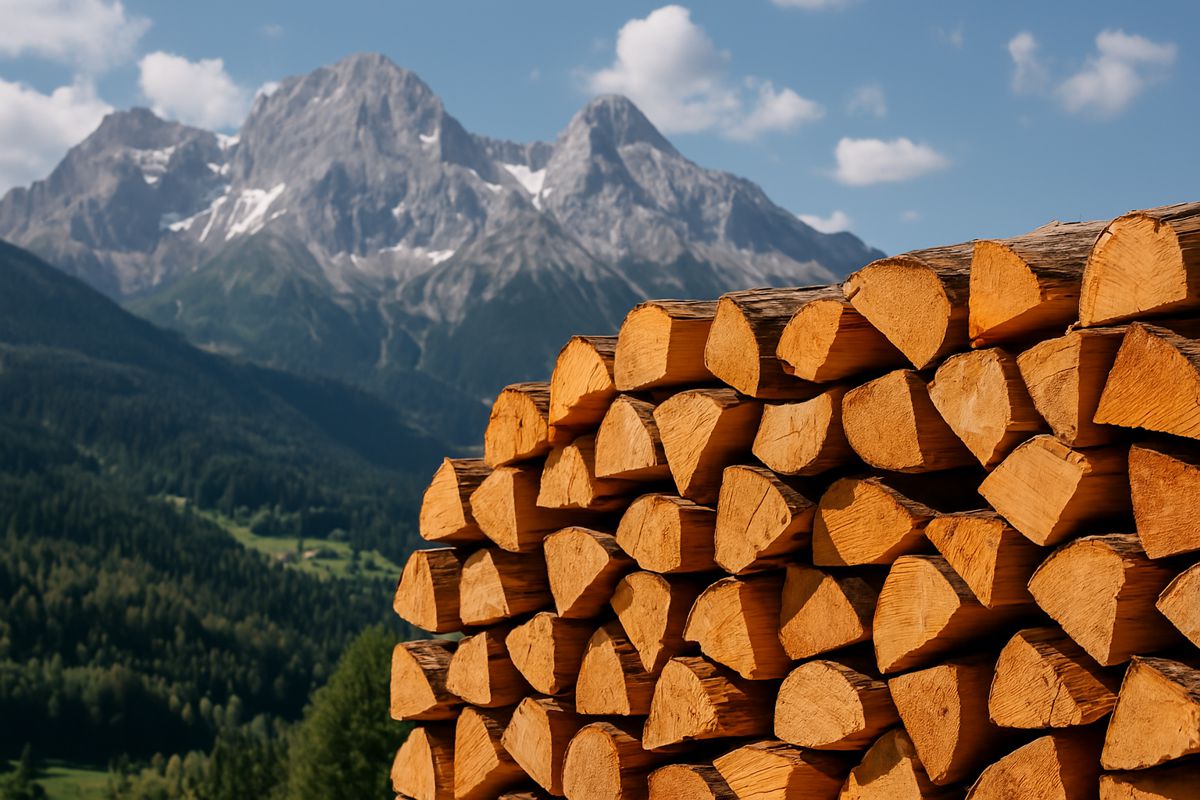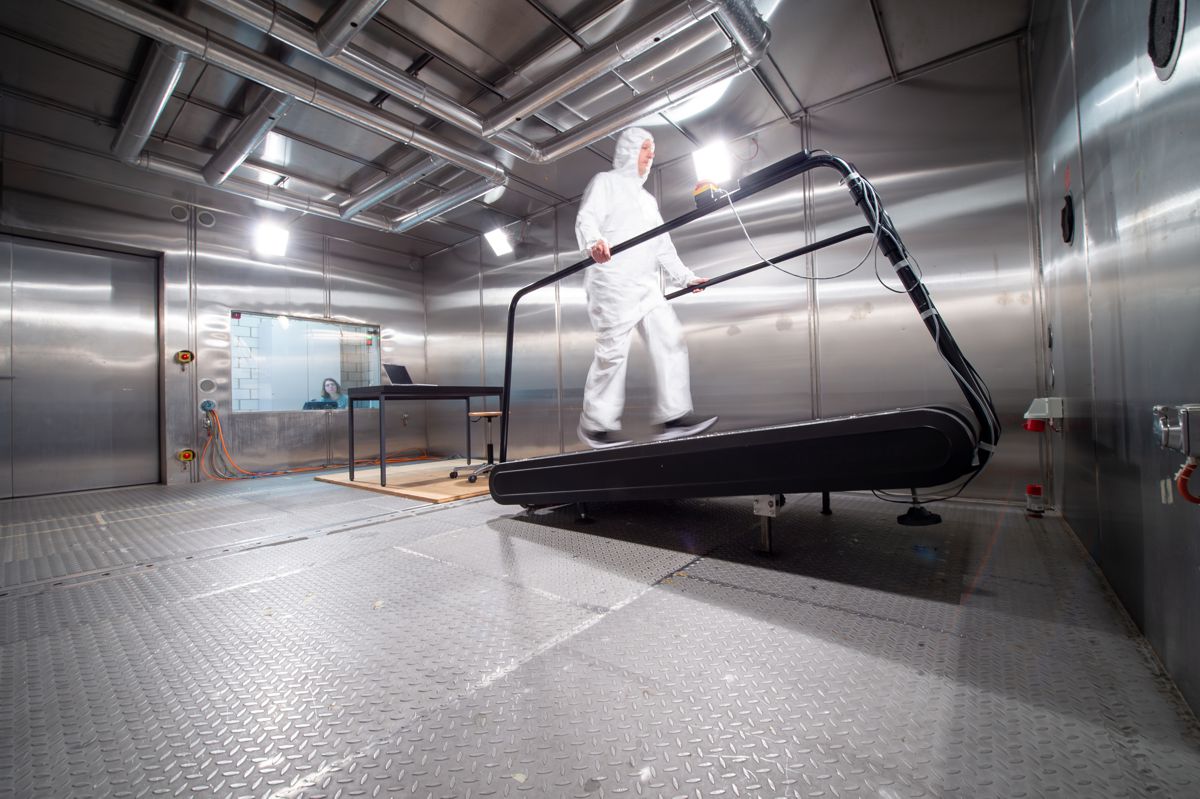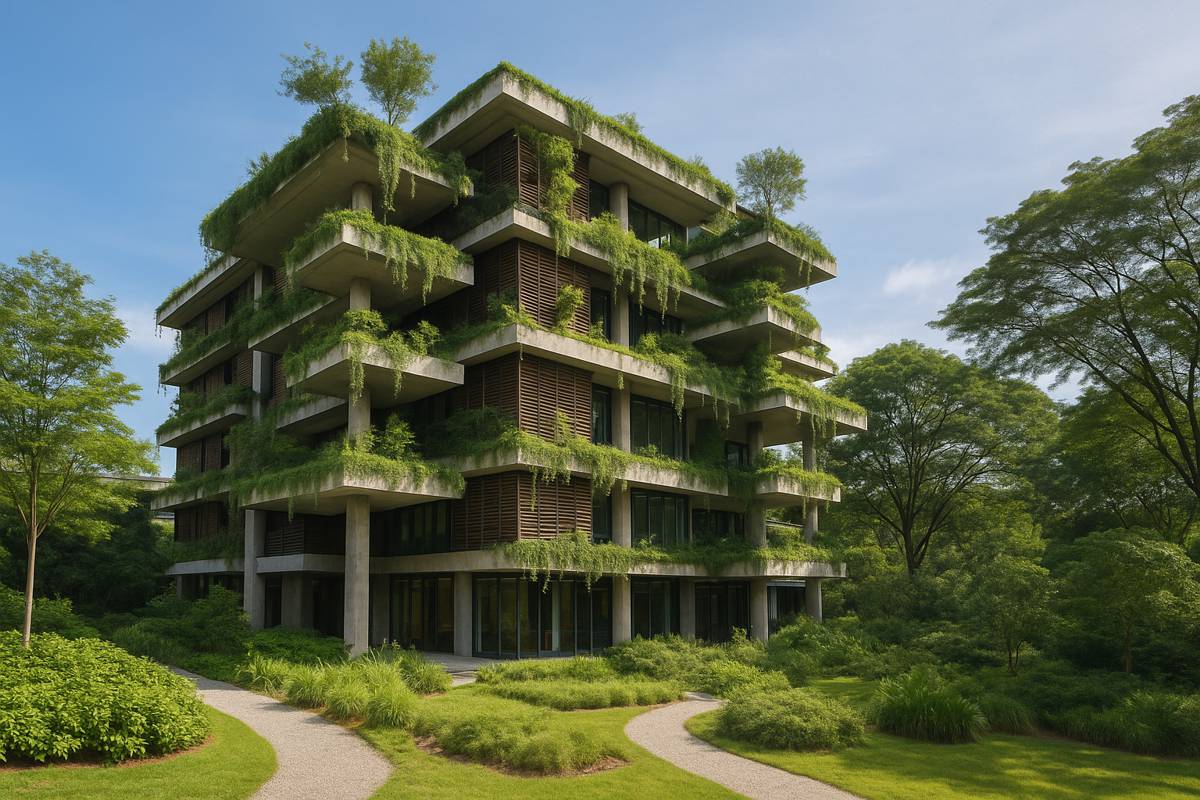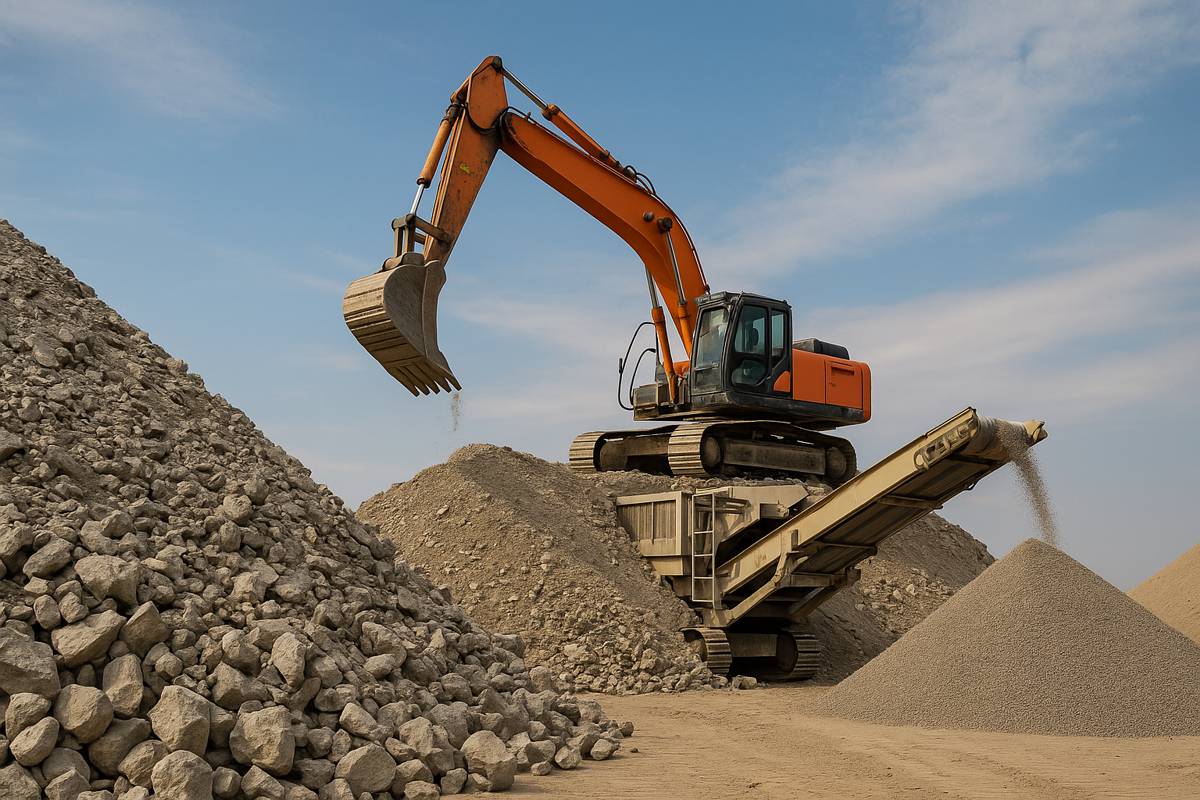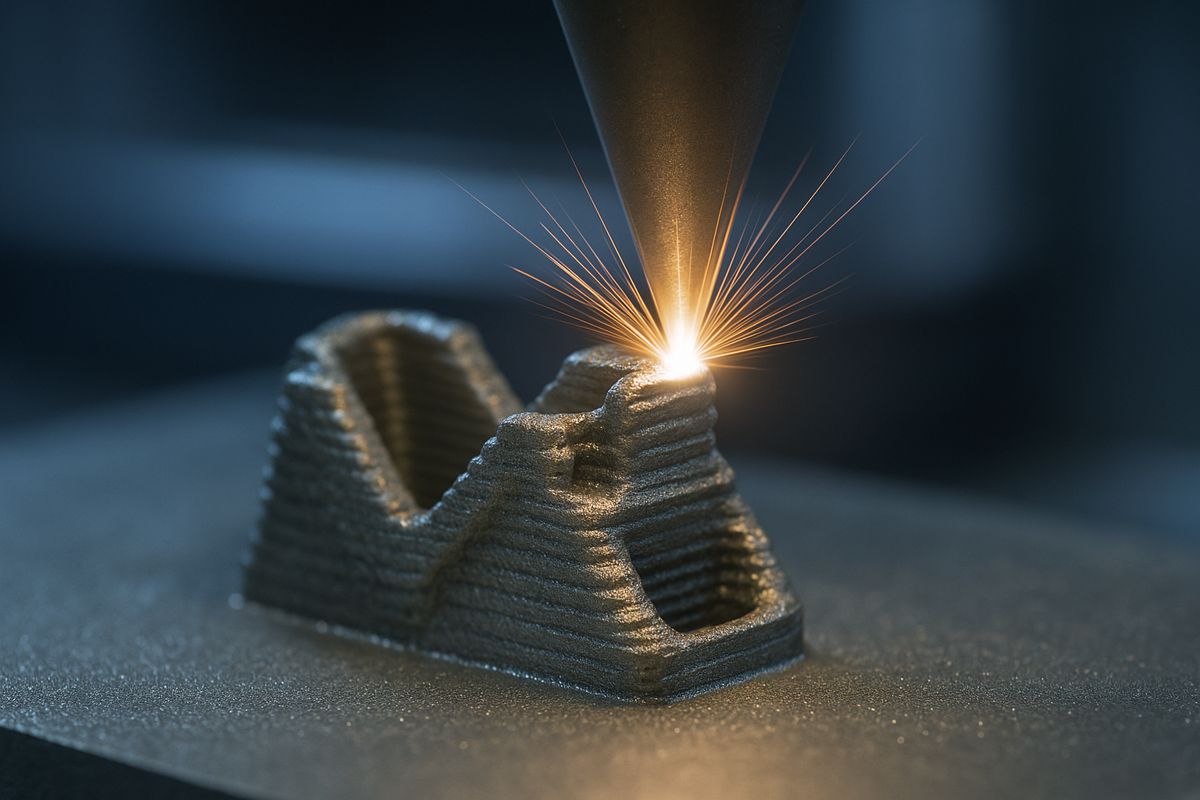Alpine Traditions Fuelling a Revolution in Wood-Based Construction Materials
Deep in the Alpine valleys, nestled among steep slopes and centuries-old traditions, a humble craft continues to thrive: the hand-splitting of wooden shingles. Known for their rustic charm and resilience, these shingles have adorned rooftops and facades for generations. But now, this age-old technique is at the heart of a pioneering breakthrough set to reshape sustainable construction.
Inspired by this traditional method, researchers at Switzerland’s Empa and ETH Zurich have developed a new approach to create resource-efficient, high-performance wood-based materials. As Professor Ingo Burgert, leading the initiative at Empa, puts it: “In view of the growing impact of climate change on our forests and the construction sector, the production of panels from split sticks is an obvious choice.”
This shift couldn’t come at a better time. With climate change battering Central European forests, particularly spruce, and a growing demand for sustainable construction, a smarter, more flexible use of wood is no longer just a good idea — it’s a necessity.
The case for hardwoods
Spruce, long the mainstay of Central Europe’s timber industry, is now struggling to survive extended periods of drought. As forests evolve, hardwood species — more drought-resistant and plentiful — are stepping into the spotlight. Yet, the irony is hard to ignore: much of this valuable hardwood is still burnt for energy rather than used in long-lasting structures.
That’s where Burgert and his team saw a golden opportunity. Unlike conventional timber processing that often wastes around 40% of the wood, their method of splitting logs into sticks — rather than sawing — significantly boosts yield and reduces waste. “Wood can be split parallel to the fibres with minimal energy and almost no losses,” Burgert explains. “Shingle production shows us how wood can be processed in an energy-efficient and material-efficient way.”
By adapting this age-old process for modern hardwoods, the team has created a compelling path forward for making structural panels out of materials that would otherwise go up in smoke — quite literally.
Maximising value from every stick
To achieve this, the researchers engineered a two-stage splitting process, turning what once was firewood into high-performance construction material. First, flat slabs are cleaved off from logs. Then, these are further split into sticks of precise dimensions. Borrowing from traditional firewood splitters, the team created a lab-scale device featuring a multi-bladed head capable of slicing multiple pieces in a single strike.
The outcome? A new class of wooden components that retain the integrity of their fibres — a key factor in delivering mechanical strength on par with solid wood, yet without the waste and energy consumption typical of industrial sawmills.
Still, there was a hitch: the irregular shapes produced by natural splitting made consistent quality control a challenge. That’s where the next chapter begins.
Let the machines sort it out
You could say this innovation marries the old with the ultra-new. Using artificial intelligence, the team tackled the irregularity problem head-on. High-resolution images of every stick are captured and analysed by a neural network trained to identify key properties like stiffness, regardless of shape, size, or species.
“If we use different types of wood of different qualities in the future, wood sorting will play a crucial role,” notes Mark Schubert, an Empa researcher and AI specialist on the team. “With our machine learning algorithms, we therefore generate as much data as possible about each individual piece of wood in order to use it optimally for wood-based materials with defined properties.”
Even without prior sorting, the early demonstrator panels performed impressively — a clear sign of untapped potential. With proper classification and refinement, the panels are set to become serious contenders for load-bearing applications in tomorrow’s buildings.
From lab to life
Of course, promising lab results are just the beginning. Turning this innovative method into a scalable solution means addressing several hurdles: bonding irregular sticks into solid panels, refining production techniques, and ensuring predictable performance across varied inputs.
Despite the work ahead, Burgert remains confident. “Our process has the potential to offer a sustainable alternative for the use of wood in times of accelerating climate change,” he says.
And there’s more in the pipeline. As part of the broader “Mainstreaming Wood Construction” (MainWood) initiative, the project aims to position wood as a primary construction material in both public and private sectors. This isn’t just about materials — it’s about reshaping the way we build.
A new centre of excellence on the horizon
To anchor this revolution, plans are in motion for a dedicated Centre for Wood Materials and Structures. Backed by the ETH Board and involving key players from academia and industry, the centre will consolidate Switzerland’s leading wood research and amplify its impact.
Serving as a hub for collaboration, the centre will:
- Initiate cutting-edge projects with industry partners
- Develop innovative wood-based materials
- Extend the value chain from raw timber to high-tech construction elements
By fostering this ecosystem, the centre aims to make wood — with its renewable and carbon-sequestering properties — more competitive and accessible than ever before.
Reinventing wood for a low-carbon future
This ambitious approach isn’t merely about replacing traditional materials. It’s about rethinking how we value resources, combining digital intelligence with natural resilience. And it’s grounded in a centuries-old practice that quietly held the secret to sustainable construction all along.
From hand-split Alpine shingles to AI-enhanced structural panels, the journey of timber is being redefined. If all goes to plan, wood won’t just be a legacy material — it’ll be the future of climate-smart construction.








